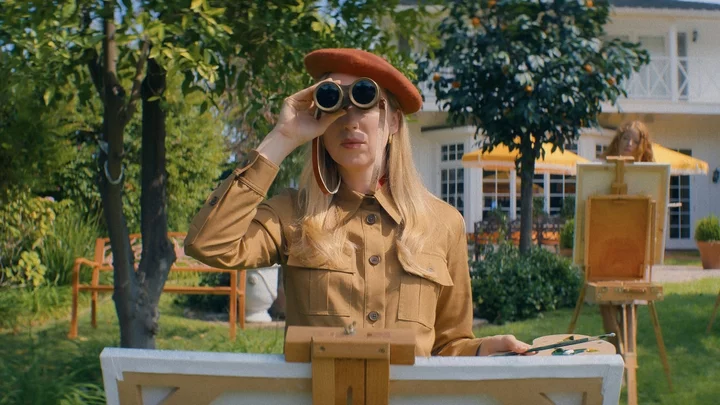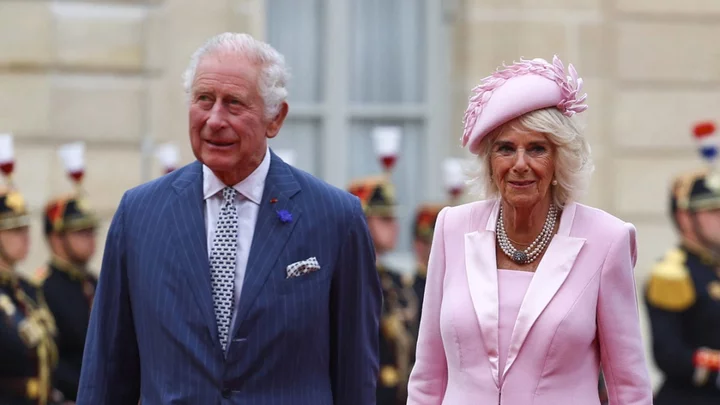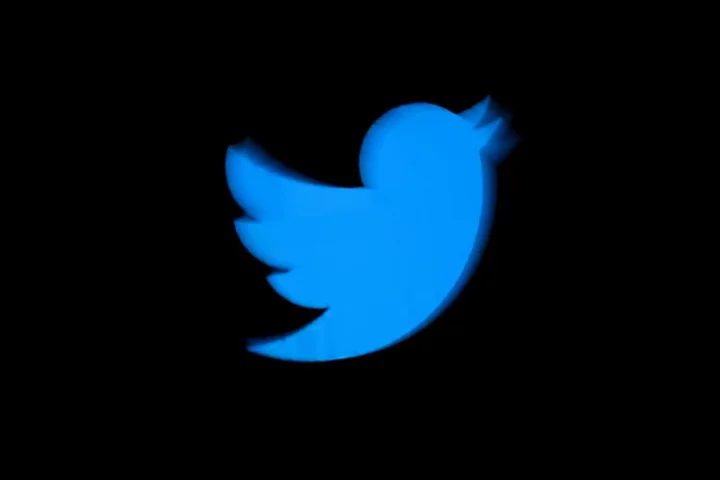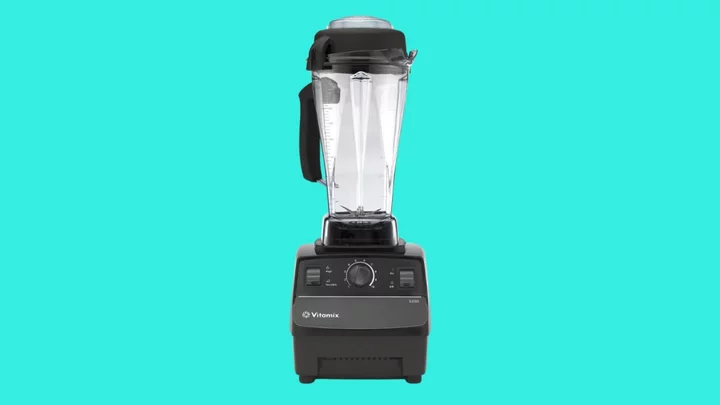If you've been on the internet at all since the rise of AI-generated art and videos, chances are you've seen an AI parody of director Wes Anderson's work. You know the ones: Videos or images that take the worlds of franchises like Lord of the Rings or Harry Potter and stick them into brightly-colored, symmetrical shots that mimic Anderson's aesthetic tendencies.
Yet despite the adherence to aspects of Anderson's style, these AI parodies are lifeless husks that lack the depth — or even a basic understanding — of Anderson's films beyond their aesthetics. As writer Stuart Heritage noted in the Guardian, these are less parodies of Anderson than they are parodies of parodies, like Saturday Night Live's "The Midnight Coterie of Sinister Intruders." They lack an understanding of what makes Anderson's characters tick, or any of the rhythm of his dialogue, subsisting on the one-trick pony of colorful symmetry alone.
SEE ALSO: Wes Anderson isn't crazy about your Wes Anderson aesthetic memesEnter The Afterparty, a murder mystery show where every suspect's account is stylized as a different film genre. "Hannah," Season 2's fourth episode, takes its cues from Anderson's oeuvre, and watching it feels like a breath of fresh air amidst the muddled smog of AI-generated Anderson parodies.
The decision to make an Afterparty episode based around Anderson came not from a desire to emulate his style no matter what, but from how his work might service a character's outlook on the world.
"We're not doing parody; we're not spoofing any of these genres or styles." So said Anthony King, executive producer and co-showrunner of The Afterparty, in a video interview with Mashable. "We're really trying to take the character's point of view and tell [their story] in the way that those genres or directors work."
Elizabeth Perkins and Anna Konkle in "The Afterparty." Credit: Apple TV+For the Anderson-inspired episode, the character in question is Hannah (Anna Konkle), the adopted sister of murder victim Edgar (Zach Woods). A forlorn outsider with a collection of idiosyncratic hobbies — think typewriter-collecting, archery, and flower-arranging — Hannah feels a bit like an Anderson character herself. Thanks to that, her hyper-specific, Anderson-esque view of the world (which naturally includes a Claymation fantasy sequence) seems especially character-motivated.
"We're expressing a character's humanity and internality, which is the exact opposite of aping a style using AI," executive producer Phil Lord told Mashable.
On top of the importance of character, "Hannah" features something that none of these AI parodies are able to achieve: the sense of a tactile, hand-crafted environment. Texture is vastly important to the worlds Anderson conjures up, from the rubbery skin of Asteroid City's alien to the dirt-and-wood warrens of Fantastic Mr. Fox. By contrast, all AI parodies can offer up is the flattened idea of a world, where texture and character are replaced by overly bright colors and backgrounds straight out of the uncanny valley.
SEE ALSO: 'Asteroid City': What Wes Anderson’s framing device is all aboutGuiding us through all of these Anderson-inspired worlds — either in "Hannah" or AI parodies —are some of his signature techniques, including dolly zooms and centering subjects in the frame. In an AI parody, all you have to do is ask a program like Midjourney to give you Harry Potter by way of Wes Anderson, and you'll get frames regurgitating these techniques without rhyme or reason. For The Afterparty — and any Anderson tribute made solely by human beings — more thought goes into the purpose and meaning behind each shot.
"A lot of those [Wes Anderson] trends are literally using just framing to be like, 'That's Wes Anderson,'" said King. "We were more thinking, why does he use these techniques? How does it affect the story and the emotional storytelling, and why would a character think in this way?"
"Hannah" ends up remixing several Anderson trademarks to fit its protagonist's point of view, which director Anu Valia broke down in an interview with The A.V. Club. Some scenes are direct homages: For example, Hannah's mourning in a bathtub echoes Margot's (Gwyneth Paltrow) bath in The Royal Tenenbaums. Other scenes involve less direct nods to Anderson films. A sequence in which Hannah parts ways with her secret lover (and brother's fiancé) Grace (Poppy Liu) features a digital spotlight on the two of them, emphasizing that they're "the only two people in the world," according to Valia. She was inspired to use a digital spotlight thanks to a wildly different scene in The Grand Budapest Hotel, using a tool in Anderson's wheelhouse in a new context to conjure up an entirely separate emotion.
That's the root of why "Hannah" works so much better than any AI parody: emotion. At best, all AI Wes Anderson parodies can conjure up is a mild sense of nostalgia or recognition of his style — but just like the videos themselves, they're simply simulacra of far more authentic feelings.
"All [Anderson's] movies are so warm and about people's internality, they're not really about a style," Lord said.
King agreed, adding: "His movies are so emotional, and that's one of the things I'm proud of with ['Hannah']. It's a really emotional episode, and I think Poppy and Anna are both so warm, and their relationship is so beautiful in it that that really came through. It's not just about the dolly moves."
The Afterparty is now streaming on Apple TV+, with new episodes every Wednesday.









